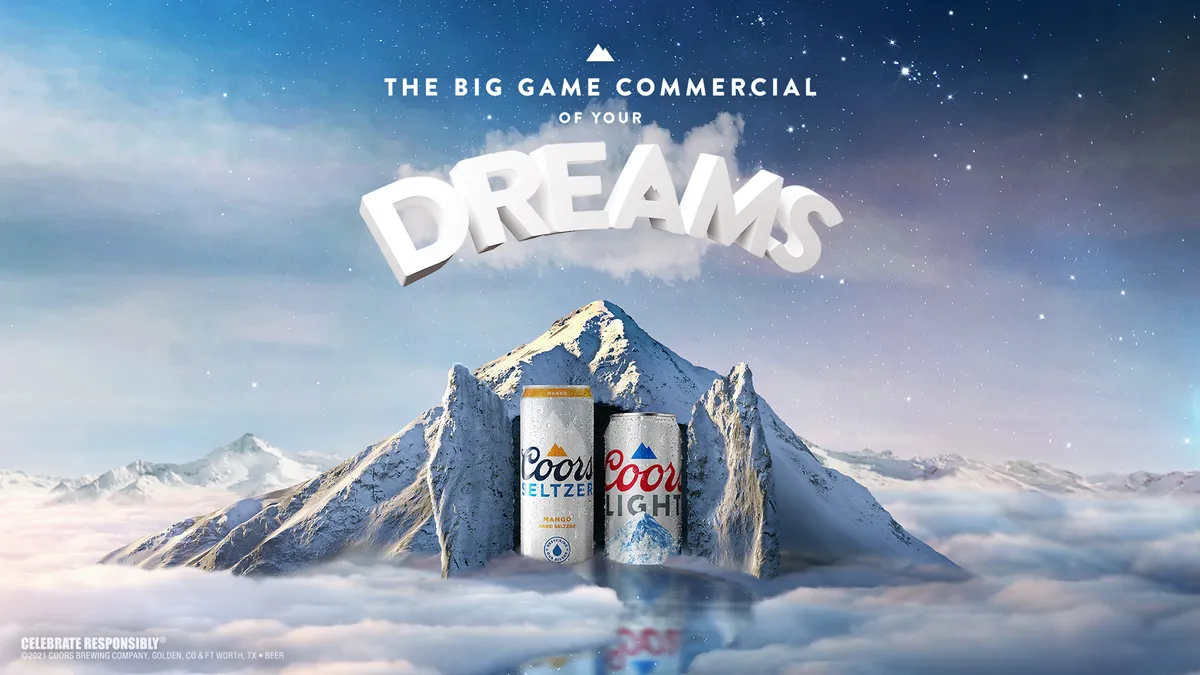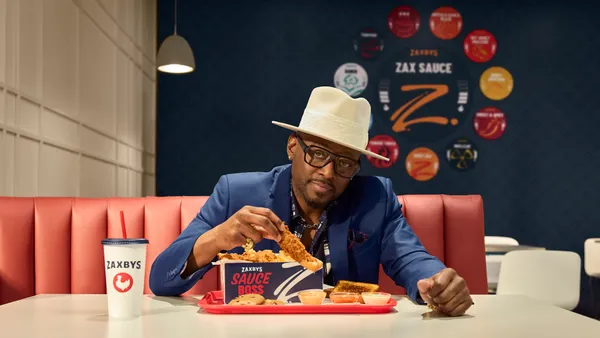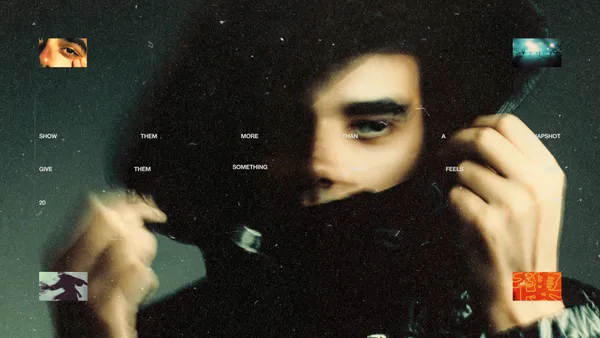Dive Brief:
- Molson Coors is taking an unconventional approach to advertising its Coors Light and Coors Seltzer products around the Super Bowl, applying the science of Targeted Dream Incubation to get people to dream its big game ad during the lead up to gameday, per a news release.
- The brewer partnered with psychologist Deirdre Barrett to develop a film that uses audio-visual stimuli intended to generate particular images and sensations in the viewer's subconscious. Participants also listen to an eight-hour "soundscape" throughout the night as they sleep that will ostensibly trigger a version of the "ad."
- Molson Coors can't legally run Super Bowl commercials because of a long-running exclusivity pact the NFL has with chief rival AB InBev. The Coors Big Game Dream experience shows the marketer thinking outside the box to generate buzz in lieu of a pricey TV campaign.
Dive Insight:
Molson Coors is making a far-fetched play to promote its brands around Super Bowl LV with a campaign that recalls "Inception," the 2010 blockbuster where a team of thieves sneak into their target's dreams to steal existing ideas and implant new ones. While the concept is sure to inspire skepticism, Molson Coors is attempting to lend it more credibility by working with Barrett, an expert in the field of dream research who works at Harvard Medical School and serves as editor-in chief of Dreaming, a peer-reviewed academic journal on the subject.
The Coors Big Game Dream experience aims to have participants subconsciously visualize an ad that is "chill" and "relaxing," contrasting with the bombastic qualities that typically define marketing around live sporting events like the Super Bowl, according to Marcelo Pascoa, vice president of marketing at Molson Coors. The company initially ran the experiment with a trial group, but will broadly share the film and soundscape on Feb. 3, with support across YouTube, Facebook and Instagram. Molson Coors is also touting the launch with a promoted trend and live event on Twitter, according to the release.
A behind-the-scenes video teases some of the surreal stimuli used in the film, including a translucent figure flying through sun-dappled mountain ranges and shots of a kaleidoscopic ice cavern. Asked whether he thinks the project is ethical, David Lawson, a visual artist who worked on the campaign, did not answer the question or was cut off by the teaser's editing.
Molson Coors has lost out on leveraging the Super Bowl due to AB InBev's exclusivity deal with the NFL. AB InBev is set to run four minutes of commercials during the big game on Feb. 7, but with some noticeable absences. For the first time in 37 years, Budweiser is not producing a Super Bowl spot, instead directing media investments toward a vaccine awareness campaign. The absence of AB InBev's flagship brand at the game suggests Molson Coors could have more of an opportunity to stand out.
The company has put a heavy marketing push behind new offerings like Coors Seltzer, which debuted last October to give the brewer a stronger foothold in the hyper-competitive seltzer category dominated by competitors like White Claw and Truly. Coors Seltzer looks to distinguish itself by focusing on sustainability, specifically restoring America's rivers, and running water appears to be a recurrent motif in the dream experiment.
The Coors Big Game Dream campaign squares with Molson Coors' broader mission to steer away from traditional product attribute marketing and to be unafraid to get "messy." Pascoa claimed that Targeted Dream Incubation hasn't been used before in advertising, but other marketers have explored similar territory. Around Halloween in 2018, Burger King devised a dark green burger the chain said was "clinically proven" to induce nightmares.















